

CSR
CSR Information
Sustainability Initiatives
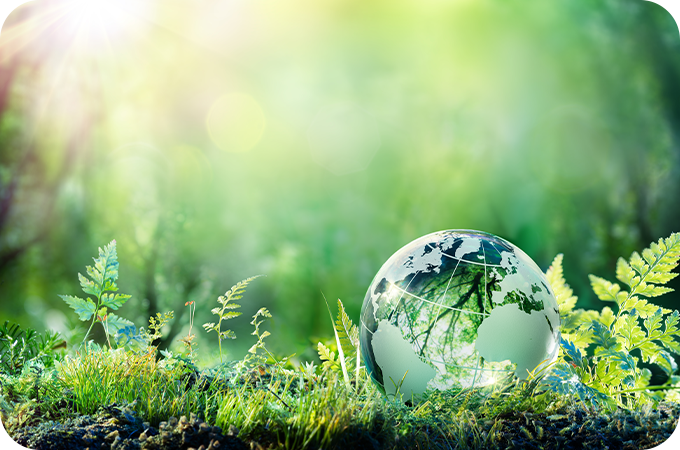
J&T Recycling has established the "Global Warming Prevention Committee" to reduce greenhouse gas emissions and promote energy conservation across the group.
The committee follows industry targets set by the Japan Industrial Waste Management Federation. Since 2012, systematic energy-saving measures have been implemented through company-wide plans and local environmental programs in Yokohama and Kawasaki.
J&T Recycling promotes a recycling-based society through effective resource utilization, focusing on local recycling systems and waste reduction initiatives.
-
Contributing to a Circular Economy through Proper Waste Management
J&T Recycling maximizes the recovery of valuable resources from collected waste for recycling streams.
-
1
From construction waste, materials such as plastic, wood, and metal are recovered.
From solar panels, glass, aluminum, and silver are extracted. -
2
Waste plastic is processed into plastic pellets and RPF (Refuse Paper & Plastic Fuel).
These materials serve as alternatives to fuel and coke in steel manufacturing. -
3
Used PET bottles and flexible container bags are recycled as raw materials and sold to manufacturers.
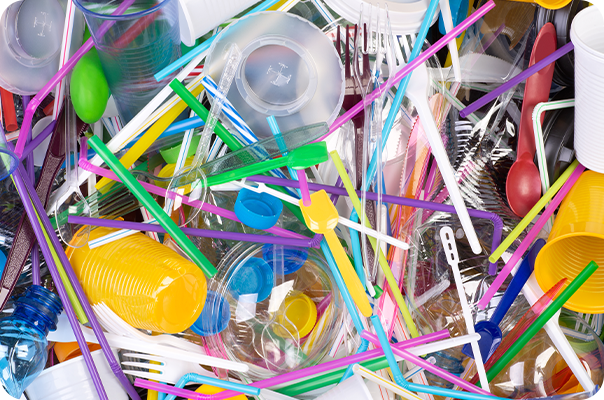
-
-
Environmental Management for Resource Efficiency
J&T Recycling Group's ISO 14001 certified facilities set voluntary environmental targets to promote energy and resource conservation.
These facilities focus on reducing fossil fuel consumption and improving recycling rates in waste treatment operations.
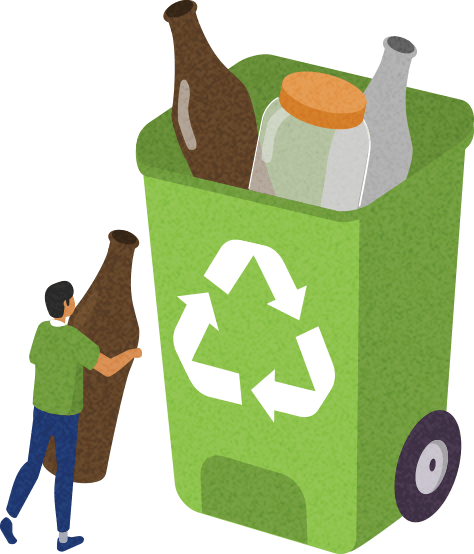
-
Sustainable Transportation Initiatives
For waste collection and transportation vehicles, we promote the use of low-emission vehicles and currently 4 CNG (Compressed Natural Gas) vehicles are in operation, reducing CO2 emissions.
A GPS-based fleet management system monitors fuel efficiency and promotes eco-friendly driving practices.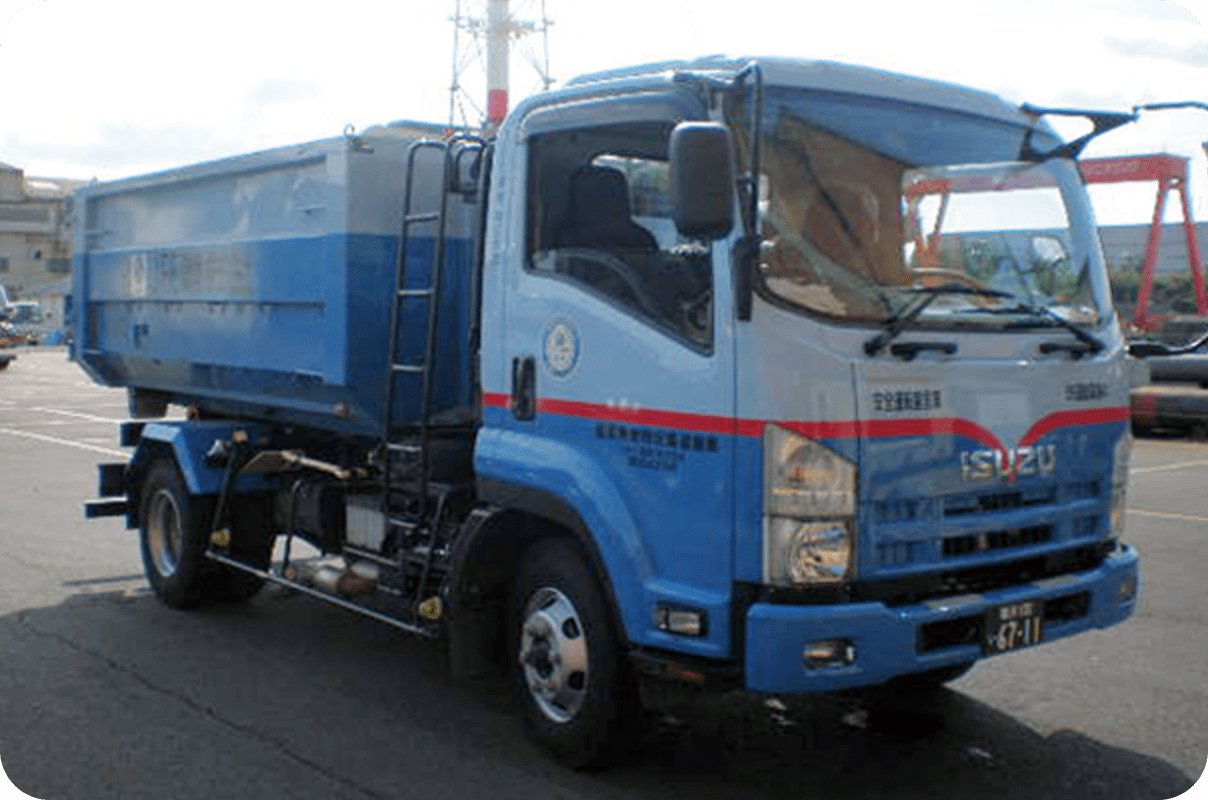
CNG Vehicle (4-ton arm-roll truck)
-
Energy Generation Initiatives
We generate electricity from waste incineration heat at Yokohama, Kawasaki and Tokyo Waterfront. The generated power is used to run our plants and any excess is sold.
Additionally, solar panels are installed on the West Japan Office roof.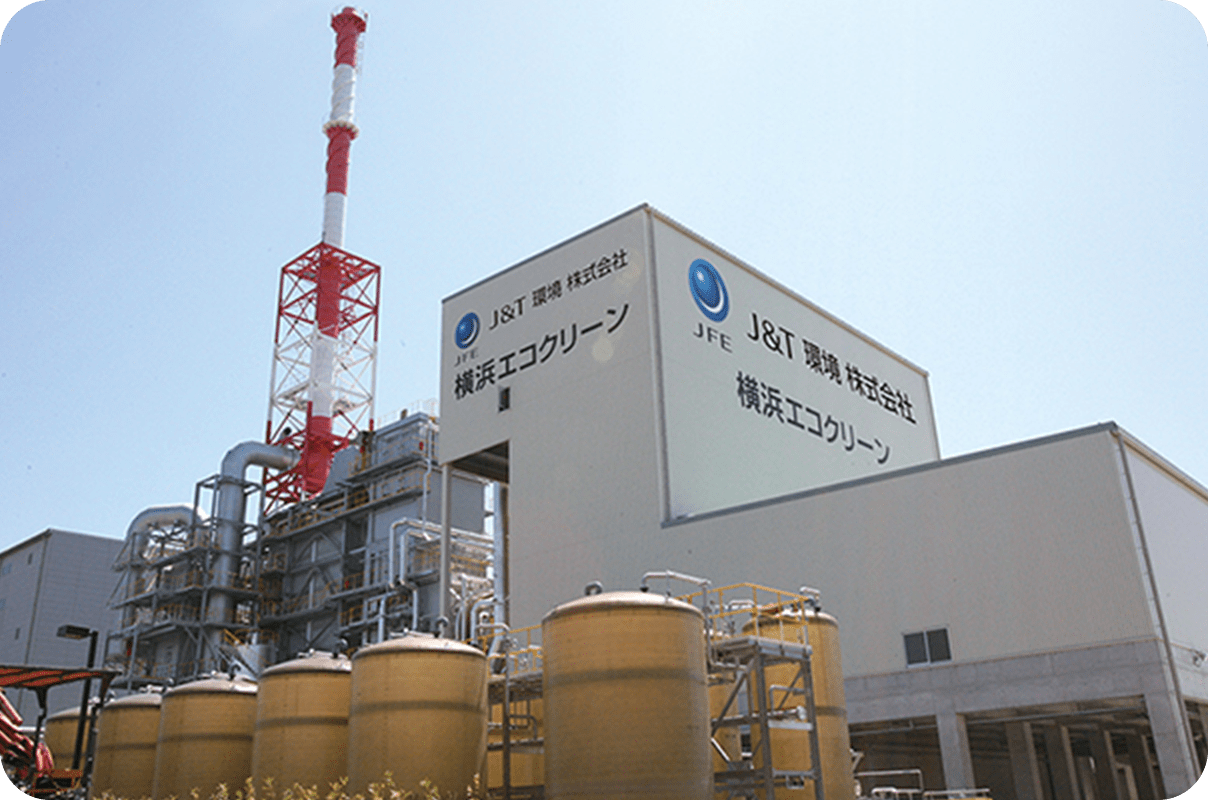
Yokohama Eco Clean
DE&I Declaration
-
1
Respect for Diversity (D)
The J&T Recycling Group respects the individuality of each person regardless of their background, including gender, age, nationality, religion, disability status, sexual orientation, gender identity, career experience, work style, and lifestyle, and will leverage this diversity as organizational strength.
-
2
Realization of Equity (E) and Inclusion (I)
The J&T Recycling Group will create a workplace environment where all employees diverses backgrounds can easily express their opinions, work while respecting each other's individuality, and maximize their potential. We also provide appropriate support according to different backgrounds and ensure fair opportunities for employees to grow together.
-
3
Company Vision through DE&I Promotion
The J&T Recycling Group strongly promote DE&I to foster free thinking and create new value. Furthermore, we connect the growth of each employee to the company's growth, contributing to the realization of a circular and sustainable society while pursuing the happiness of all our employees.
January, 2025
J&T Recycling Corporation
President and CEO Hiroyuki Haseba

